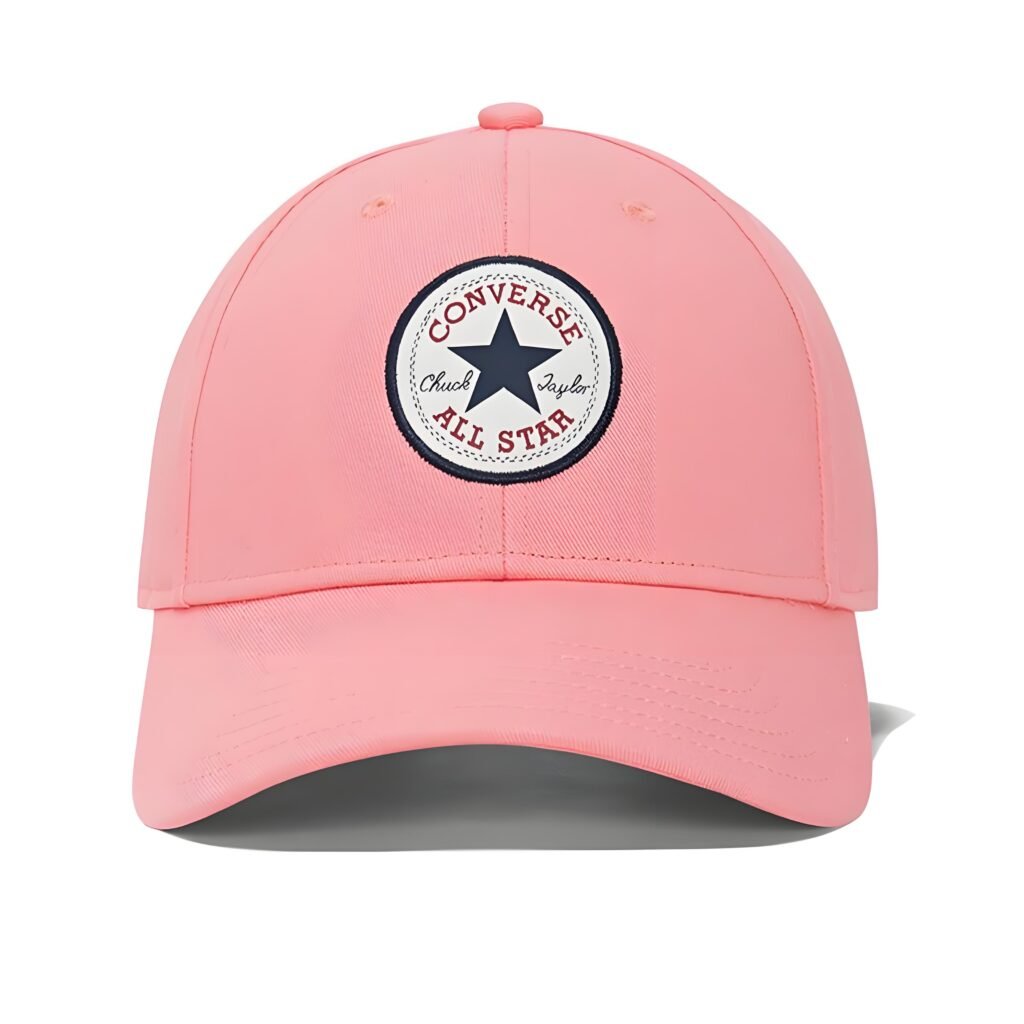Title: The Craft and Culture of Sewing PVC Patches onto Snapback Hats
Introduction
Snapback hats, with their adjustable straps and iconic flat bills, have become a staple in streetwear fashion and youth culture. Originating from the sports world, particularly basketball and hip-hop scenes, these hats have evolved into a versatile accessory that complements a wide range of outfits. One key element that has contributed to their widespread appeal is the incorporation of PVC (Polyvinyl Chloride) patches. These patches, with their durability, vibrant colors, and ability to showcase personal or brand identity, have become an integral part of snapback hat design. This article explores the art of sewing PVC patches onto snapback hats, delving into the manufacturing process, design trends, cultural significance, and the future of this popular accessory.

Section 1: The Essence of PVC Patches on Snapback Hats
1.1 What Are PVC Patches?
PVC patches are made from Polyvinyl Chloride, a versatile plastic material known for its durability, flexibility, and water resistance. These patches are commonly used to add decorative elements, logos, or branding to various items, including snapback hats. The patches can be embossed, printed, or even 3D, offering a wide range of design possibilities.
1.2 Manufacturing Process
The production of PVC patches involves several steps, starting with the design phase. Graphic designers create the artwork, which is then digitally printed or embossed onto a sheet of PVC. The sheet is precision-cut into the desired shape and size, often utilizing advanced machinery to ensure accuracy. The final patches are then ready to be sewn onto snapback hats.
1.3 The Appeal of PVC Patches on Snapback Hats
PVC patches add a unique touch to snapback hats, making them stand out in a crowded market. They allow individuals to express their personality, showcase their favorite brands, or support their favorite teams. For brands and businesses, PVC patches offer a prime opportunity for brand promotion and customer engagement.
Section 2: The Art of Sewing PVC Patches onto Snapback Hats
2.1 Preparation and Materials
Before sewing PVC patches onto snapback hats, it’s essential to gather the necessary materials and prepare the workspace. This includes:
- High-Quality Thread: Choose a strong, durable thread that matches the hat’s fabric and the patch’s color. Polyester or nylon threads are commonly used.
- Sewing Needles: Opt for needles suitable for the thickness of the hat’s material and the PVC patch.
- Sewing Machine (Optional): While hand-sewing is possible, a sewing machine can provide more precise and efficient stitching.
- Fabric Glue (Optional): For added security, fabric glue can be used to adhere the patch before stitching.
- Snapback Hat: Ensure the hat is clean and free of any debris or dirt that could interfere with the stitching process.
2.2 Positioning the Patch
The placement of the PVC patch on the snapback hat is crucial. Common positions include the front center, side, or back of the hat, depending on the desired visibility and aesthetic. Consider the hat’s design, the patch’s size, and the overall balance of the hat when positioning the patch.
2.3 Sewing Techniques
Sewing PVC patches onto snapback hats requires a combination of skill and attention to detail. Here’s a step-by-step guide:
- Pinning the Patch: Secure the patch in place using pins to prevent it from shifting during stitching. Ensure the patch is aligned correctly and centered.
- Choosing the Stitch: Depending on the hat’s fabric and the patch’s design, select the appropriate stitch. Straight stitches work well for clean, simple lines, while zigzag stitches provide more flexibility and strength.
- Starting the Stitch: Begin stitching from the center of the patch and work outwards, ensuring even tension on the thread to avoid puckering or distortion. Use small, even stitches for a clean and professional finish.
- Backstitching: At the beginning and end of your stitching, backstitch to reinforce the seam and prevent the thread from unraveling.
- Finishing Touches: Trim any excess thread carefully to maintain a neat appearance. If using fabric glue, apply a small amount around the edges of the patch for added security.
2.4 Quality Control
After sewing the PVC patch onto the snapback hat, inspect the stitching carefully for any loose threads, missed stitches, or uneven tension. Ensure the patch is securely attached and the hat maintains its original shape and structure.
Section 3: Design Trends and Customization Options
3.1 Current Design Trends
PVC patches on snapback hats have become a canvas for creativity and self-expression. Some current design trends include:
- Bold and Vibrant Colors: Bright, eye-catching colors are popular, especially in streetwear and youth culture.
- Graphic and Illustrator Styles: Intricate graphics, illustrations, and patterns add a unique touch to snapback hats.
- Brand Logos and Mascots: Many people opt for hats with their favorite brand logos or mascots, showcasing their loyalty and support.
- Personalized Messages: Custom patches with names, initials, or personalized messages are becoming increasingly popular.
3.2 Customization Options
The customization options for PVC patches on snapback hats are virtually limitless. Customers can choose the patch’s shape, size, color, and design to create a truly unique accessory. Many online retailers and custom hat shops offer design tools that allow customers to upload their own artwork or create designs from scratch.
Section 4: The Cultural Significance of PVC Patches on Snapback Hats
4.1 Streetwear and Youth Culture
PVC patches on snapback hats have become a symbol of streetwear fashion and youth culture. They allow individuals to express their personal style, showcase their interests, and connect with like-minded people. The customizable nature of PVC patches has made snapback hats a popular choice among artists, musicians, and influencers.
4.2 Sports and Fandom
PVC patches are also commonly used to represent sports teams, leagues, and fandoms. Fans of professional sports teams, colleges, and even pop culture franchises often wear snapback hats with PVC patches featuring their favorite logos, mascots, or slogans. This sense of belonging and identity is a significant part of the appeal of PVC patches on snapback hats.
4.3 Brand Promotion and Marketing
For brands and businesses, PVC patches on snapback hats offer a unique marketing opportunity. They can be used to promote products, services, or events, reaching a wide and engaged audience. The visibility and longevity of PVC patches make them an effective tool for brand promotion and customer engagement.
Section 5: Caring for Snapback Hats with PVC Patches
5.1 Cleaning and Maintenance
Regular cleaning is essential to maintain the appearance and longevity of snapback hats with PVC patches. Use a soft, damp cloth to gently wipe away dirt and debris. Avoid harsh chemicals or abrasives that could damage the patch or the hat’s fabric. For stubborn stains, consult the manufacturer’s cleaning instructions.
5.2 Storage
When not in use, store your snapback hat in a cool, dry place away from direct sunlight. This will help prevent fading and cracking of the PVC patch, as well as protect the hat’s overall structure. Avoid storing hats in crowded or tight spaces that could cause the bill to bend or the fabric to crease.
5.3 Repairs
If a PVC patch becomes loose or damaged, prompt repair is crucial. Small tears or loose stitches can


